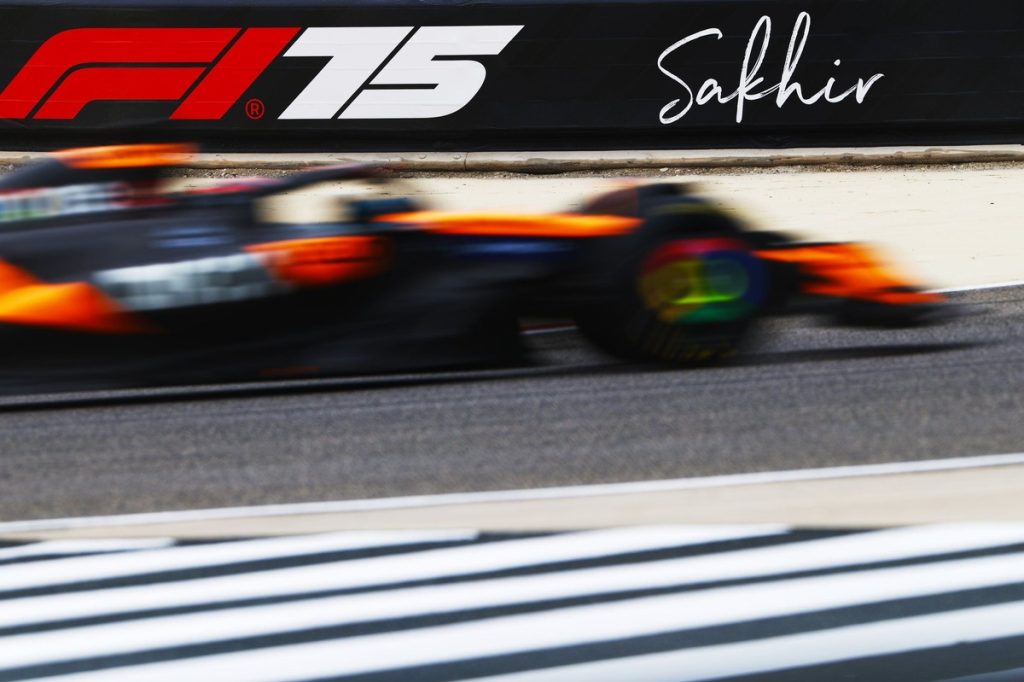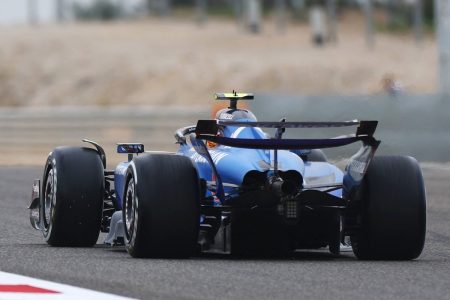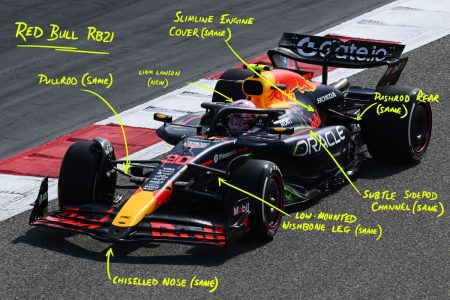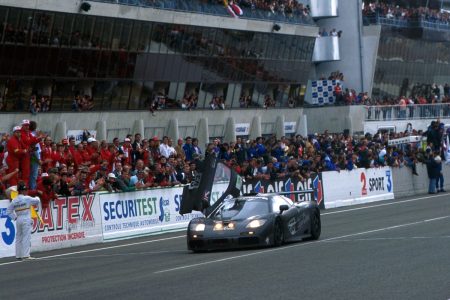Testing was held in unusual conditions, so will the results be representative?
On a quiet Thursday evening in Bahrain, as the sun set and the cool evening air enveloped the Sakhir circuit, Lando Norris’s impressive long-run performance had everyone abuzz. However, when Andrea Stella, McLaren’s technical director, addressed the media later, he injected a note of caution. The question on everyone’s mind was whether McLaren would continue its tradition of team photos after podium finishes or reserve them for wins. Stella’s response was characteristically measured. He acknowledged McLaren’s strong showing but highlighted the unique conditions of the test, which featured unusually low temperatures and a very abrasive track surface. This, he suggested, might be masking some of the "traditional issues" McLaren has faced in Bahrain. While the media and fans are excited about McLaren’s prospects, Stella’s point is well-taken. After all, any predictions based on three days of testing at one track, under conditions that won’t be replicated throughout the season, must be tempered with a healthy dose of skepticism. The true test will come when the F1 circus moves to Melbourne, China, and beyond.
More predictable, but testing issues, so where does Red Bull really stand?
Max Verstappen’s initial reaction to the RB21 was telling. "It can’t be worse than last year," he said, a remark that, while not glowing, was certainly positive. Verstappen enjoyed his first drive, noting a significant improvement over the unpredictable RB20. However, Red Bull’s test was far from smooth sailing. Technical director Pierre Wache admitted to issues, including a water pressure problem on day two and other teething troubles. Helmut Marko, Red Bull’s advisor, described the RB21 as more predictable but noted the ongoing challenges with tire management. Despite these hitches, the team remains hopeful they can iron out the creases. Yet, the usual confident aura that often surrounds Red Bull is notably absent. Pre-season predictions vary widely, from challenging McLaren right away to being part of the midfield battle with Ferrari and Mercedes. The true picture will only emerge as the season progresses, but for now, Red Bull’s form is a bit of a mystery.
Just how ready is Liam Lawson?
Liam Lawson’s pre-season testing in Bahrain was, by most accounts, underwhelming. His pace was notably slower compared to Red Bull’s rivals, and he struggled to match his teammate, Max Verstappen. However, Red Bull emphasizes that the conditions on the day Lawson drove were far from ideal. Rain forced the team to switch from high-speed runs to long runs, which prioritized reliability over speed. Lawson himself was positive, focusing on getting up to speed and providing valuable feedback that correlated with Verstappen’s. While it’s too early to judge Lawson’s readiness, the fact that he is not immediately challenging Verstappen and that both drivers are aligned on the car’s improvements is a good sign. This should allow Lawson the time he needs to develop and find his place within the team, fostering a harmonious and productive relationship with his more experienced teammate.
How real is Williams’ pace in congested midfield fight?
Williams emerged as a positive surprise in Bahrain, with Alex Albon and Carlos Sainz showing promising one-lap pace. However, the true test of a team’s capabilities lies in long-run performance, and here, Williams ranked sixth, an average of 0.80 seconds per lap behind McLaren. The team completed 395 laps, indicating a productive test, but the jury is still out on whether this performance can be sustained. The midfield is notoriously unpredictable, and factors such as fuel loads and engine modes in winter testing can skew results. While Williams showed flashes of potential, it remains to be seen if they can consistently challenge for the "best of the rest" title. The upcoming races in Melbourne and beyond will provide a clearer picture, but for now, Williams’ form is a tantalizing mystery.
Will Haas still possess its one-lap pace?
Haas’s pre-season testing in Bahrain was a mixed bag. Oliver Bearman and Esteban Ocon frequently found themselves at the bottom of the timing sheets, but this was largely due to the team’s focus on long runs and race pace. Ocon managed a rare flying lap towards the end of Friday, finishing a little over a second off the pace, while Bearman’s final run was cut short when his engine cover fell off the car. Despite these issues, the team’s strategy echoes their approach from last year, suggesting a deliberate focus on reliability and endurance. The real question is how Haas will fare in one-lap qualifying, an area where they shone last year. Nico Hulkenberg’s strong qualifying performance in Abu Dhabi last year set a high standard, and the team will be under pressure to replicate or exceed that form. The true test will come in Melbourne, where Haas’s true pace will be revealed.
Conclusion
The 2025 Formula 1 pre-season testing in Bahrain provided a glimpse into the season ahead, but the unique conditions and varied team strategies make it difficult to draw definitive conclusions. McLaren’s strong showing is encouraging, but the unusual track conditions and temperatures may have masked some of their traditional issues. Red Bull, while showing improvements, faced technical challenges that cloud their form. Liam Lawson’s underwhelming performance is not necessarily a bad sign, as he and Verstappen are aligned on the car’s needs. Williams showed potential but needs to prove their long-run consistency, while Haas’s focus on reliability leaves their one-lap pace in question. As the seasons progresses, the true pecking order will become clearer, but for now, the F1 paddock is a mix of hope, caution, and anticipation.











